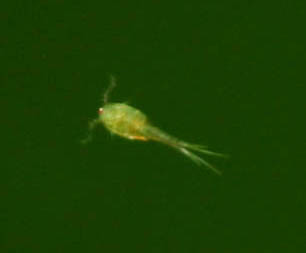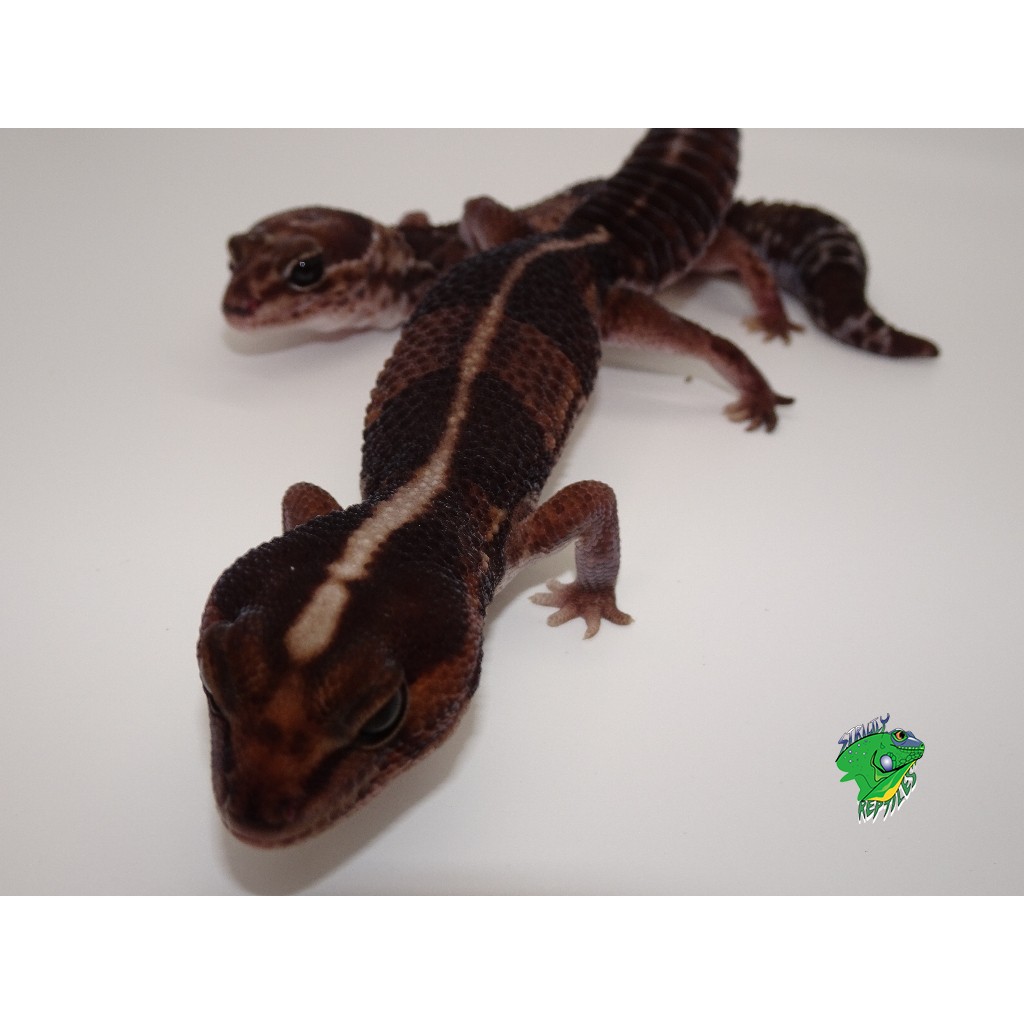

"Pseudo-tails," on the other hand, are "protuberances basically composed of adipose or cartilaginous tissue and the presence of bone elements," according to the study. "True human tails are very rare, with approximately 40 cases reported in the literature," the report said. It was composed of adipose and connective tissue, blood vessels as well as muscle and nerve fivers. The Brazilian newborn, however, still had his embryonic tail - dubbed a “true” human tail - intact upon being born. We monitor your child’s nerve function electrically during the surgery.All fetuses develop an embryonic tail while in the womb around the fourth week of gestation, but it is usually reabsorbed back into the body by the eighth week, becoming the tailbone or the coccyx, the study said. Then they close the hole where the fatty mass enters your baby’s spinal canal. Next neurosurgeons remove some of the fatty mass (sometimes using a laser), and they free the spinal cord. This lets the neurosurgeon get to the spinal cord or spinal nerve roots that need repair. The neurosurgeon removes parts of some bones in the spine (vertebrae). Your child’s neurosurgeon begins with a surgery called a laminectomy. Most often, babies treated at Seattle Children’s have lipomyelomeningocele surgery before age 1. Treatment Options for Lipomyelomeningocele

These changes may last forever.Ībout 2 in 10 children in the United States who have had surgery for lipomyelomeningocele develop a tethered spinal cord and need more surgeries. Bladder and bowel function may get worse or be lost. Slowly, the child may lose sensory and motor function. This can lead to neurological damage over time, especially during growth, because growth can stretch the tethered spinal cord. These cases may not require surgery, unless the condition starts to cause pain or other problems.Įven after surgery to repair a lipomyelomeningocele, the spinal cord can become tethered. Some lipomyelomeningoceles are not diagnosed until later in life because they caused no signs or symptoms earlier. Most babies with a lipomyelomeningocele need surgery. These cases may be diagnosed later in life, if symptoms develop, or if a scan done for some other reason shows the lipomyelomeningocele. Sometimes, there is no lump or other mark on the baby’s back, and the child has no symptoms early on or never has symptoms at all. Your child’s doctor will ask for a magnetic resonance imaging (MRI) of the spine to get a better view of your baby’s spinal cord and any problems that relate to it. They may see a lump or some other type of mark on your baby’s back, such as a fat pad, birthmark, dimple or tuft of hair. Usually, doctors can see a lipomyelomeningocele when a baby is born. Tethered spinal cord can cause symptoms, including: Symptoms of LipomyelomeningoceleĪll babies with a lipomyelomeningocele have a spinal cord that is stuck (tethered) into the fatty mass on their back. We use the latest and best neuromonitoring equipment during your child’s surgery. Our neurosurgeons have a great deal of experience closing and repairing lipomyelomeningoceles. Based on your child’s needs, the team may also include experts from Urology, Neurodevelopmental, Orthopedics and Rehabilitation.ĭoctors outside of Seattle Children’s refer babies and children with lipomyelomeningoceles to us each year. Neurosurgery is one part of your child’s medical team. At Seattle Children’s, we bring many experts together in one clinic to treat your child. We have a great deal of experience caring for babies and children with lipomyelomeningoceles.Ĭhildren with this condition often have complex problems that need special care. Lipomyelomeningocele at Seattle Children’s It is not caused by mothers getting too little folic acid during pregnancy. The genes babies get from their parents do not play a role. It is slightly more common in girls.īabies develop lipomyelomeningoceles early in their mother’s pregnancy – during the fourth to sixth week.

Lipomyelomeningoceles happen in only 1 to 2 of every 10,000 babies born in the United States. Lipomyelomeningoceles are present when a baby is born (congenital). You can usually see it on the outside of the child’s body.

The mass attaches to the spinal cord and may slowly pull on the cord.Ī lipomyelomeningocele is covered by skin. A lipomyelomeningocele (pronounced lipo-my-elo-men-IN-go-seal) is a birth defect that affects a child’s backbone (spine).Ī lipomyelomeningocele is a fatty mass under the skin on the child’s back.


 0 kommentar(er)
0 kommentar(er)
